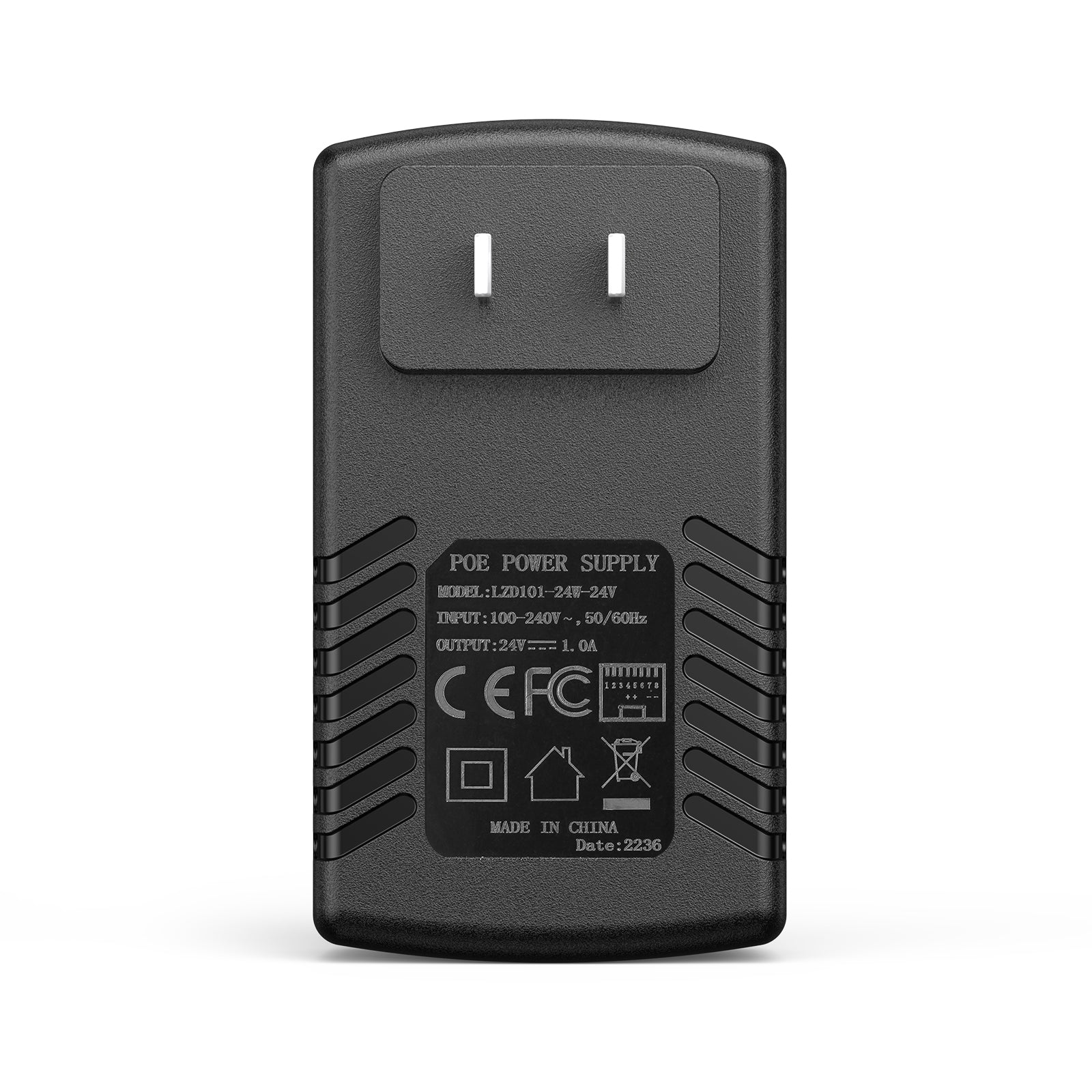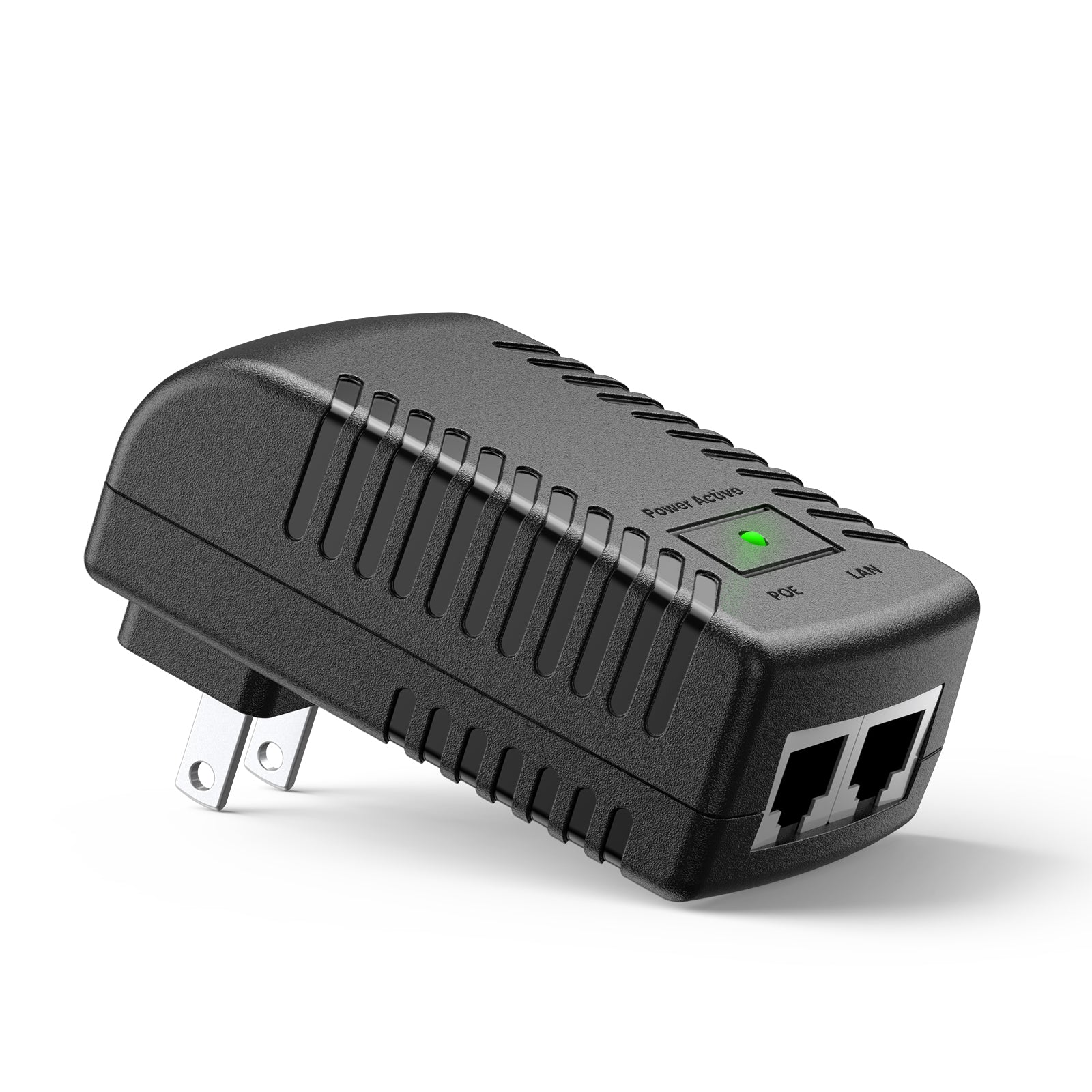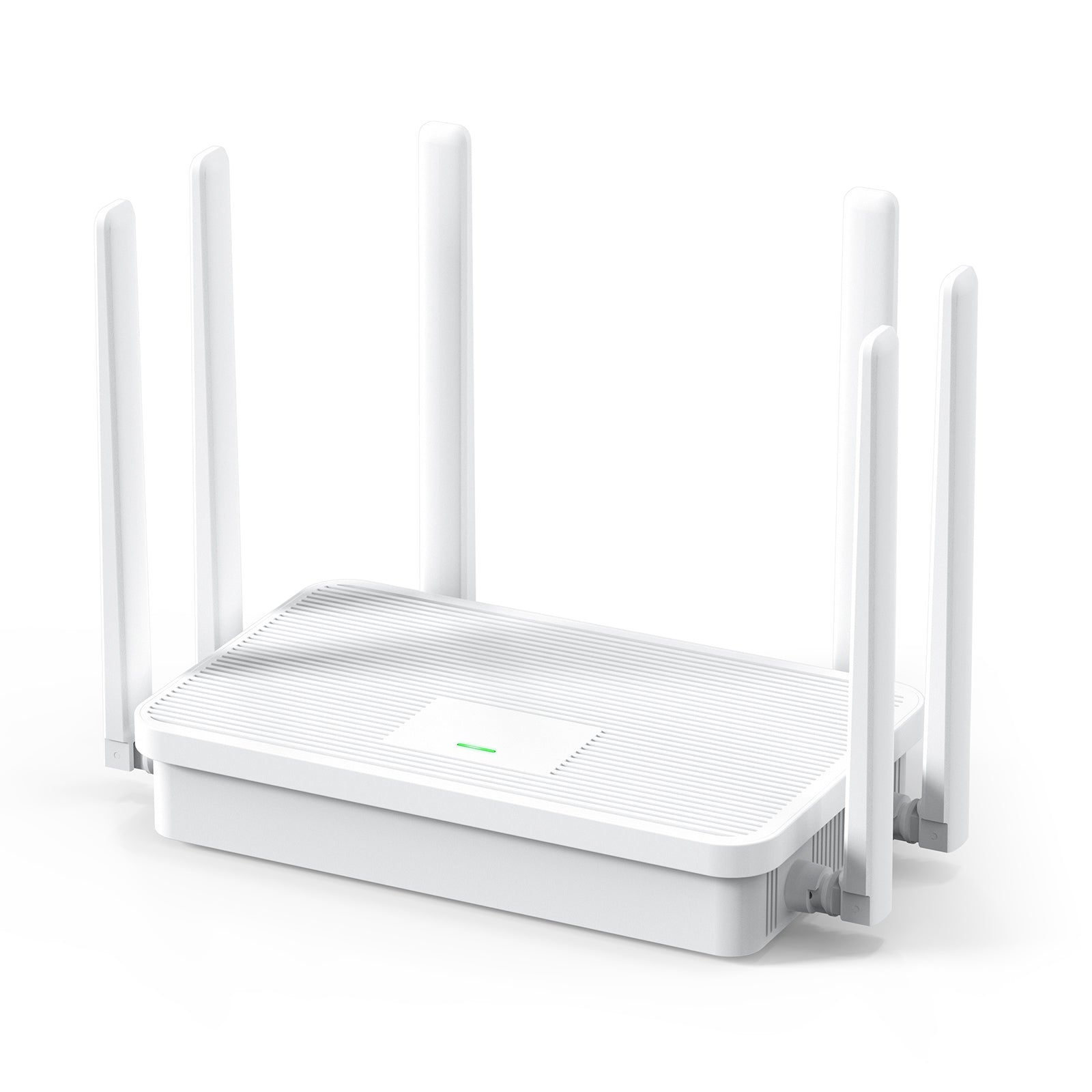Understanding the Role of Wireless Bridges in Modern Telecommunications
The Basics of Point-to-Point Wireless Bridge Technology
Wireless bridges are key in modern telecom. They link two networks over long distances. Using radio frequencies, they form a 'point-to-point' connection. This creates a direct link between two points. It's like an invisible ethernet cable across the sky. These bridges work without cables or extensive setup. They are 'plug and play'. This means easy to install and use. Most suit outdoor use and can cover many miles.

Advantages of Using Wireless Bridges for Communication
Wireless bridges provide key benefits in modern telecom. These include:
- Extended Range: By connecting remote areas, wireless bridges expand network reach without cable restrictions.
- Cost Savings: Avoiding extensive cabling reduces initial setup costs and ongoing maintenance expenses.
- Flexibility: They allow quick adaptation to changing business needs with easy reconfiguration.
- Speed: With plug and play capability, point-to-point wireless bridges ensure fast data transfer.
- Security: Data encryption over the airwaves protects against unauthorized access, keeping communications safe.
These advantages highlight why wireless bridges are crucial in U.S. communication networks.
Regulatory Landscape and Compliance for Wireless Bridges in the United States
Navigating FCC Regulations for Point-to-Point Systems
- Understanding the FCC's role in regulating wireless bridges
- Key FCC rules for point-to-point wireless systems
- Spectrum licenses: What businesses need to know
- Compliance with technical standards
- Steps for obtaining FCC approval for point-to-point installations
- Mitigating interference: best practices
- Reporting and record-keeping requirements
Ensuring Compliance with State and Local Policies
Wireless bridges must adhere to diverse regulations across the U.S. It is vital to know local policies. They can impact deployment and operation. Decoding these policies ensures your project proceeds smoothly. You must engage with local authorities early. It helps avoid legal issues. Be aware of zoning laws and permits required. Public participation can also be crucial in gaining approvals. Regular updates to policies demand continuous monitoring. By staying compliant, your wireless network can thrive without setbacks.
Strategies for Integrating Wireless Bridges into Your Business
Best Practices for Planning and Implementation
When integrating wireless bridges, planning is key. Here are some best practices:
- Assess Needs: Identify your communication goals. What data rates and distances are needed?
- Site Survey: Check the locations for any obstructions that might block signals.
- Choose the Right Equipment: Select bridges that meet your distance and bandwidth needs.
- Test the Connection: Prior to full deployment, conduct a small-scale test to ensure the system works.
- Secure Installation: Hire professionals for a safe and compliant setup.
- Monitor Performance: Once operational, regularly check the system to maintain optimal function.
Follow these steps for a smooth incorporation of point-to-point wireless bridges into your business.
Case Studies: Successful Point-to-Point Wireless Bridge Deployments
Case studies shed light on the real-world benefits of point-to-point wireless bridges. Here are some examples:
- City-Wide Connectivity: An American city installed wireless bridges to link public safety buildings. This network provided faster data transfer and emergency response coordination.
- Rural Internet Access: A wireless bridge connected a remote village to the nearest ISP tower. This gave residents high-speed internet without the need for cables.
- Business Campus Network: A corporate campus used point-to-point bridges to connect multiple buildings. This setup ensured secure and reliable internal communication.
These cases demonstrate how wireless bridges can solve various connectivity challenges. They also show the importance of a strategic approach to implementation.


















